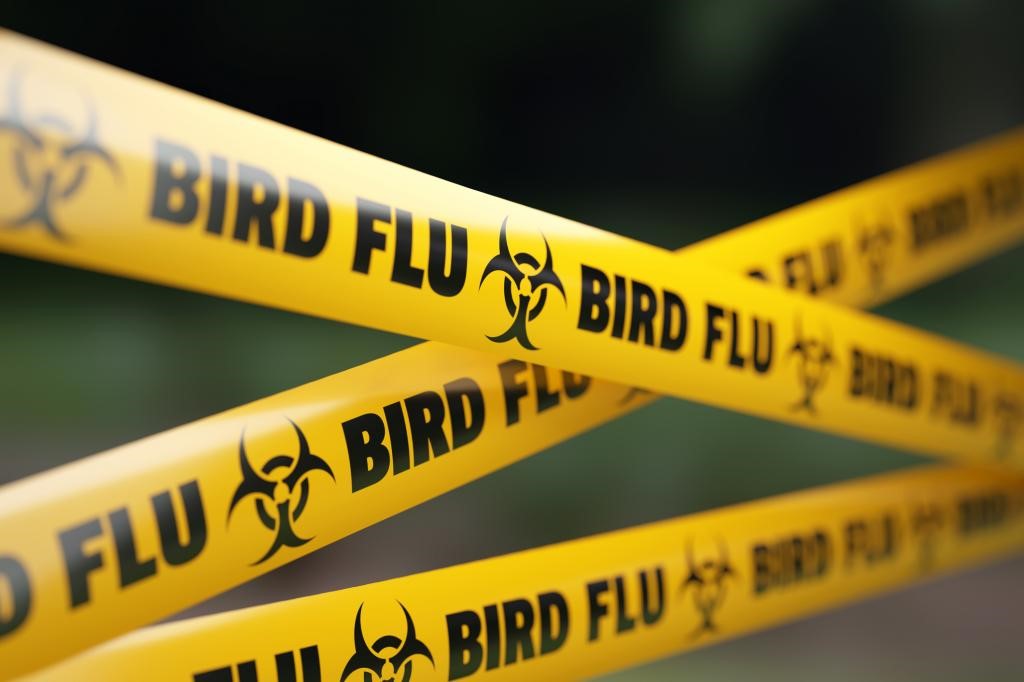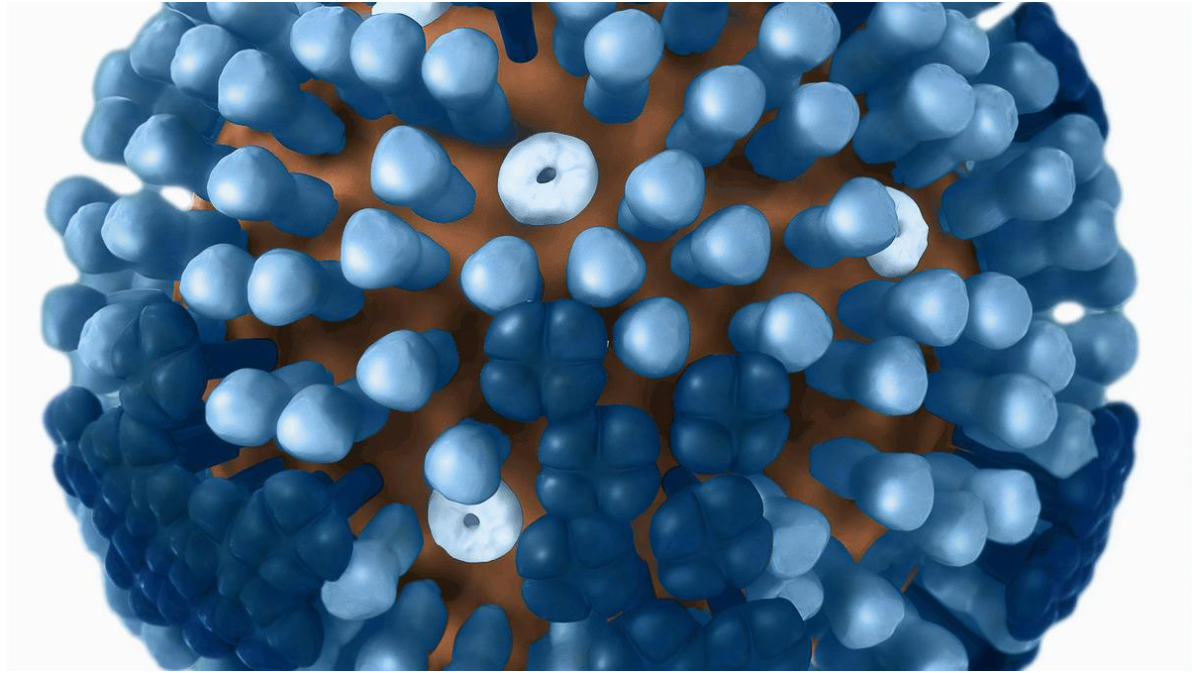





Source: DTE
Disclaimer: Copyright infringement not intended.
Context
Details
Implications
About Bird Flu
Causes and Transmission
Symptoms
Diagnosis and Treatment
Global Impacts
Conclusion
Sources:
|
PRACTICE QUESTION Q. A holistic One Health approach is essential for addressing the complex challenges posed by bird flu and other zoonotic diseases. Discuss. (150 Words) |







© 2025 iasgyan. All right reserved